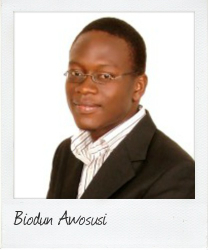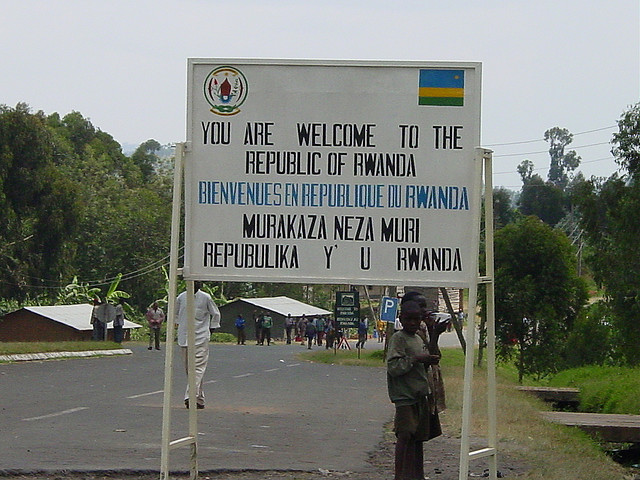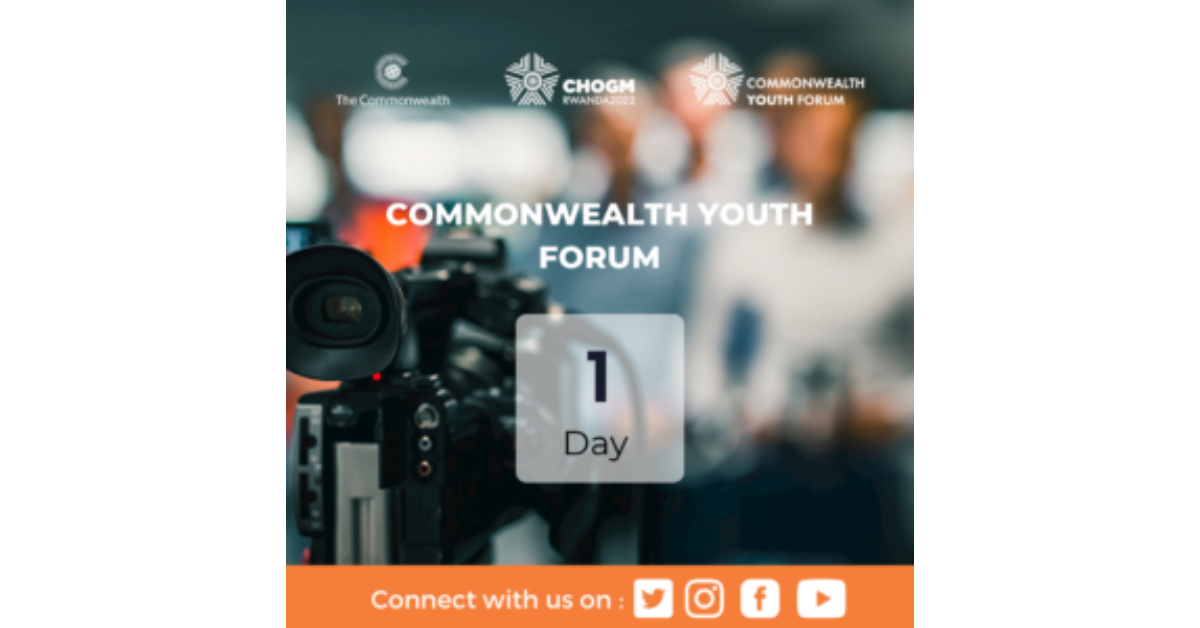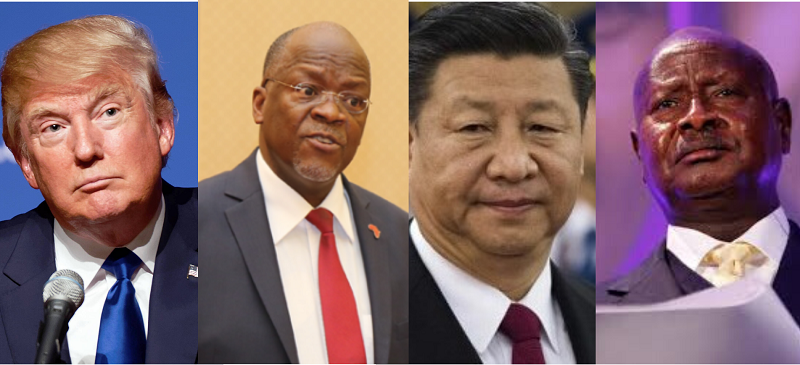“Rwanda records most exciting recovery in public health history”
April 12 Less than two decades after the Rwandan genocide the country has seen a revolution in health care, writes Biodun Awosusi, 27, a Commonwealth Correspondent from Nigeria. Mortality rates are down and treatment numbers are up under leadership that sees health care as a priority in economic recovery.
Less than two decades after the Rwandan genocide the country has seen a revolution in health care, writes Biodun Awosusi, 27, a Commonwealth Correspondent from Nigeria. Mortality rates are down and treatment numbers are up under leadership that sees health care as a priority in economic recovery.
The 1994 genocide in Rwanda dealt a big blow to the nation. It left the entire world awestruck after realizing at least a million lives had been lost.
The former United Nations Secretary-General Kofi Annan admitted that the world responded too slowly to the crisis that ravaged the sub-Saharan nation. The devastation affected the political landscape as well as the economy, education, health and security. There was a short-lived response by the international community after the genocide but many donations and technical support plummeted within a short time.
Today, the story of Rwanda is different. Most people in the West perhaps see genocide as synonymous with the country, but the terminology has changed. Key American experts – including Dr. Paul Farmer, founder of Partners in Health (PIH) and Prof. Jeffrey Sachs, a renowned economist – report a revolutionary change in the nation’s health system which led to significant improvement in health outcomes. A careful analysis of healthcare in Rwanda shows it has recorded the most exciting recovery in public health history.
Neal Emery, in a recent article published in the Atlantic, writes of the successes Rwanda has achieved: “Rwanda is the only country in sub-Saharan Africa on track to meet most of the Millennium Development Goals. Deaths from HIV, TB, and malaria have each dropped by roughly 80 per cent over the last decade and the maternal mortality ratio dropped by 60 percent over the same period.”
Emery continues: “Even as the population has increased by 35 per cent since 2000, the number of annual child deaths has fallen by 63 per cent. In turn, these advances bolstered Rwanda’s economic growth: GDP per person tripled to $580, and millions lifted themselves from poverty over the last decade.”
He adds that “the country increased from 870 people on HIV treatment in 2002 to more than 100,000 in 2012 while retaining 92 per cent of patients in care compared to 50 per cent in the United States.”
Besides, under-five mortality has dropped by 70 per cent since 2000. The country has achieved universal coverage, with nearly 98 per cent of the population covered by health insurance. The community health insurance program caters to the vulnerable population by charging small annual premiums and affordable co-payments, subsidized by donors. The primary care system has also been strengthened, with now at least 45,000 community health workers.
How has it been able to achieve so much, in such a short time? According to Management Sciences for Health, strong leadership is a key factor in the health revolution that is taking place in the nation. The government created Vision 2020 to facilitate economic recovery with health as a priority. This galvanized the poverty reduction strategy. Donor agencies must conform to this vision or leave the country. Each ministry collaborates effectively with others, on cross-cutting issues with one common goal.
The government implemented a centrally coordinated system that emphasizes cost-effective evidence-based health interventions. An example is development of an effective primary healthcare system with training and deployment of 45,000 community health workers into the low-income communities to provide basic health care. This contributed immensely to improved health outcomes.
Rwanda’s success story shatters the myth that Africa is a wound on the conscience of the world. It radiates hope to every nook and cranny of sub-Saharan Africa. It provides a model not just for African countries with weak health systems but also for the developed nations, particularly the United States which has yet to achieve universal coverage.
Photo credit: <a href=”http://www.flickr.com/photos/amalthya/90623832/”>amalthya</a> via <a href=”http://photopin.com”>photopin</a> <a href=”http://creativecommons.org/licenses/by-nc-nd/2.0/”>cc</a>
…………………………………………………………………………………………………………………
About me:
I am a highly motivated young medical doctor, content developer, youth development expert and social entrepreneur and an alumnus of the inaugural Discovering Young Leaders Program (DYLP 2012) of Commonwealth Youth Programme-Africa. I was a task force member for the Youth Summary of the UNESCO EFA 2012 Report and a postgraduate student of the University of Liverpool, where I am studying International Management of Health Systems.
…………………………………………………………………………………………………………………
Opinions expressed in this article are those of the author and do not necessarily represent the views of the Commonwealth Youth Programme. Articles are published in a spirit of dialogue, respect and understanding. If you disagree, why not submit a response?
To learn more about becoming a Commonwealth Correspondent please visit: http://www.yourcommonwealth.org/submit-articles/commonwealthcorrespondents/
…………………………………………………………………………………………………………………




